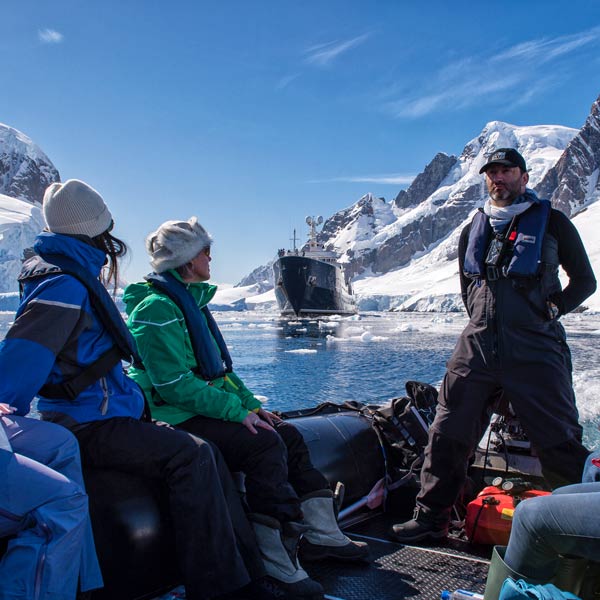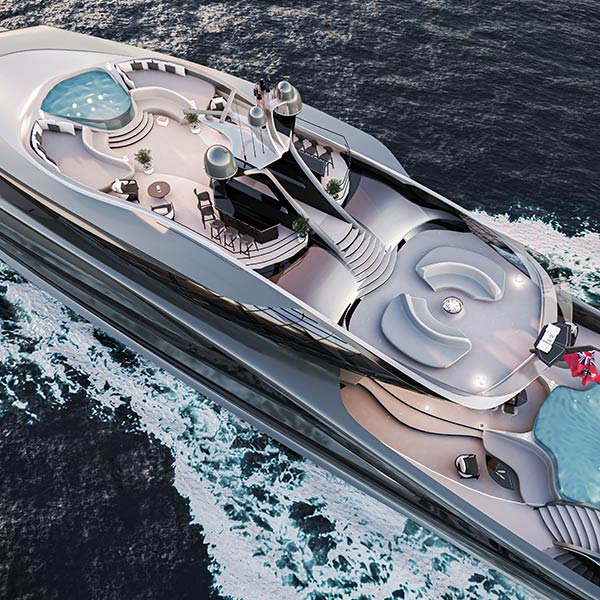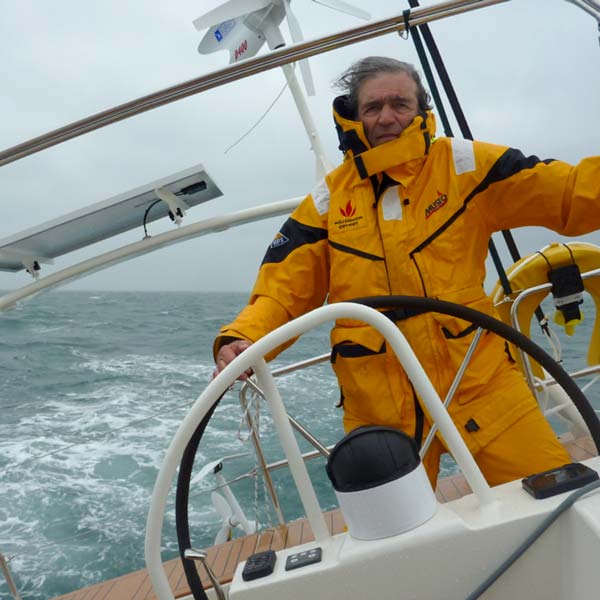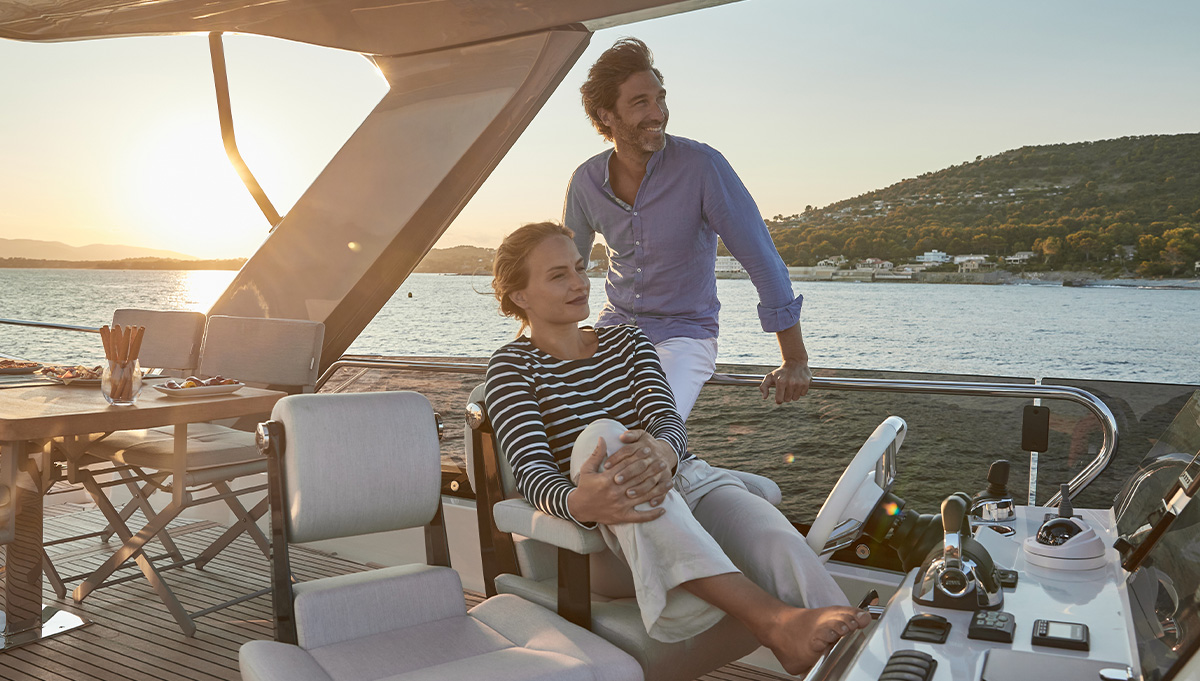
Family cruising Photo: Volvo Penta

Family cruising Photo: Volvo Penta
Easing the transition
While yachting is pioneering new propulsion technologies in the marine sector, it is also looking at how current sustainable solutions can be applied to accelerate the fossil-free transition.
There’s something magical about cruising through the Gothenburg archipelago in Sweden close to midsummer. Inlets and rocky islets burst into colour with pockets of houses on the shore or inviting little island towns pulsating with the vibrance of summer life. There are people, and boats, everywhere. Sweden has among the highest rates of boat ownership per capita in the world – 1 boat for every 8 people at last count – and with the labyrinths of islands and channels, it’s not hard to see why.
Sweden, like other Scandinavian countries, has an ingrained sense of nature, and our responsibilities toward it as humans – it’s part of the culture and reflected in everything, from the advanced electrification of the myriad ferry routes to the ready adoption of electric vehicles on the roads.
So it’s hardly surprising that Swedish engine manufacturer Volvo Penta – a leading supplier of drivetrains to the leisure marine and superyacht markets – is heavily invested in helping boating get ahead of the curve on emissions and sustainability. Just as MTU and others are looking at alternative fuels, so too has Volvo Penta been developing new technologies to take yachting into the future.
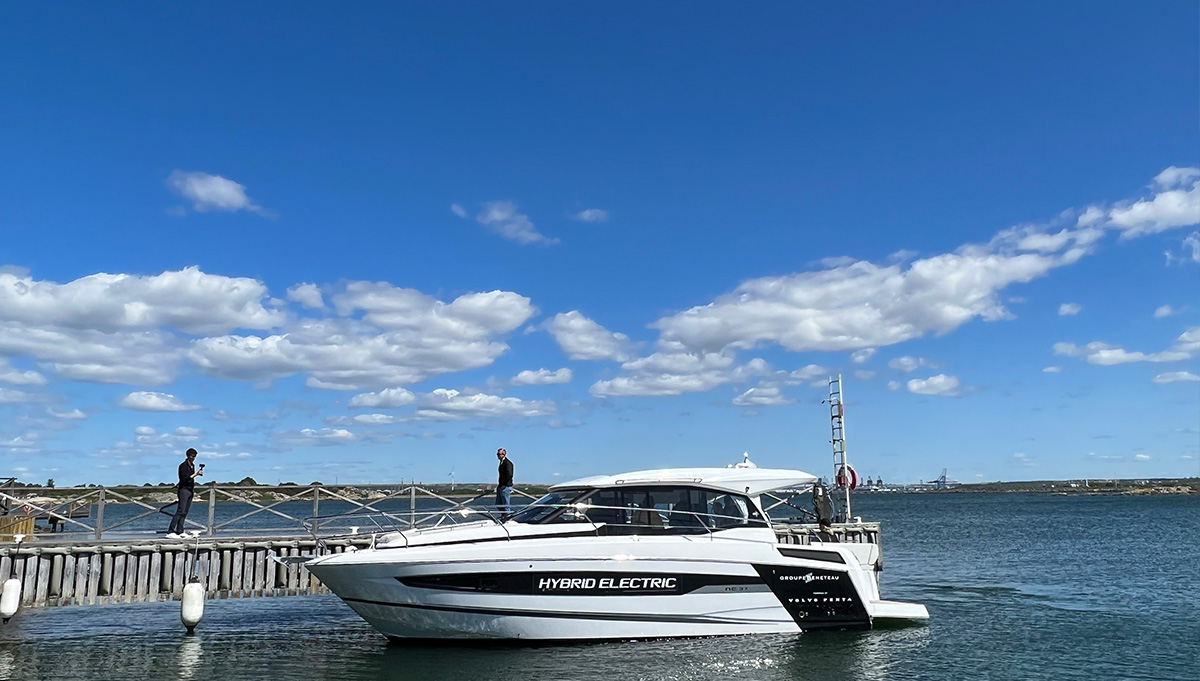
NC37 in Sweden Photo: Volvo Penta

NC37 in Sweden Photo: Volvo Penta
For Johan Inden, Volvo Penta’s President Marine Business Unit, delving into new technologies appeals not only to his Swedish environmental sensibilities but also to his passion – an engineer by training, he was Volvo Penta’s Chief Technical Officer before taking on his current role. He is also, like so many Swedes, a passionate boater. “To me, boating is all about the experience,” he says. “Of course, we love the technology, but the technology is really there to enable something. I know some Arctic surfers, chasing the perfect wave in the far north – the boat itself is not the purpose of the trips they take, that’s the experience and the destination. The boat is a tool to get there.”
It is here that the yachting industry as a whole is being proactive, developing innovative solutions for sustainable boating so that, as Inden puts it, people can enjoy both the experience and destination with a sustainable consciousness. It is driven in part by owners who want their superyachts to be more sustainable and in part by yachtbuilders and engine manufacturers who want to lead the rest of the maritime industry. “We’re not doing it because we have to,” says Erik Stromberg, Groupe Beneteau’s Vice-President of Power & Motoryacht Development, “we’re doing it because we want to.”
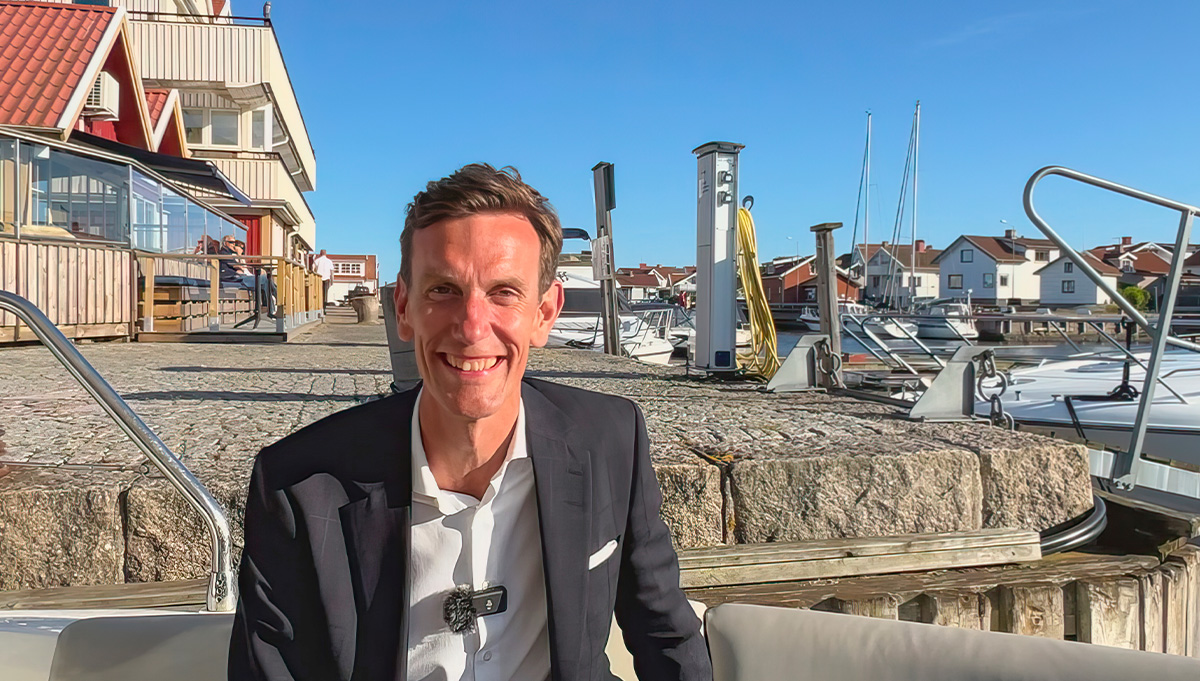
Johan Inden

Johan Inden
There are already cutting-edge superyacht projects that are moving beyond the idea of straight hybrid (diesel and battery bank) powertrains and into the realms of methanol as a fuel, and fuel cells as a power generator. But there are also moves to take the next step in a more grounded and accessible way that all boaters could potentially tap into without having to make a big investment in – and take a big risk on – new technologies. It’s a move that borrows from, and in turn leads, other maritime sectors.
Volvo Penta recently unveiled its prototype hybrid IPS engine, which couples an electric motor to the back of a conventional diesel engine and thereby adds electric drive options into its existing series of propulsion units, ultimately working like a hybrid petrol/electric car.
Added to this is the fact that in 2016, Volvo Penta signed off all its engines to run second generation, sustainable HVO (hydrotreated vegetable oil) biofuels, which reduce CO2 emissions by 80 to 90 per cent compared to conventional diesel. Combining biofuels with hybrid technology is the perfect transitional step, because it is easy for boaters to get on board with – emissions drop, performance is enhanced thanks to the electric boost, and there is no discernible drawback compared to, say, pure electric boats which are limited by range and by scant charging infrastructure.
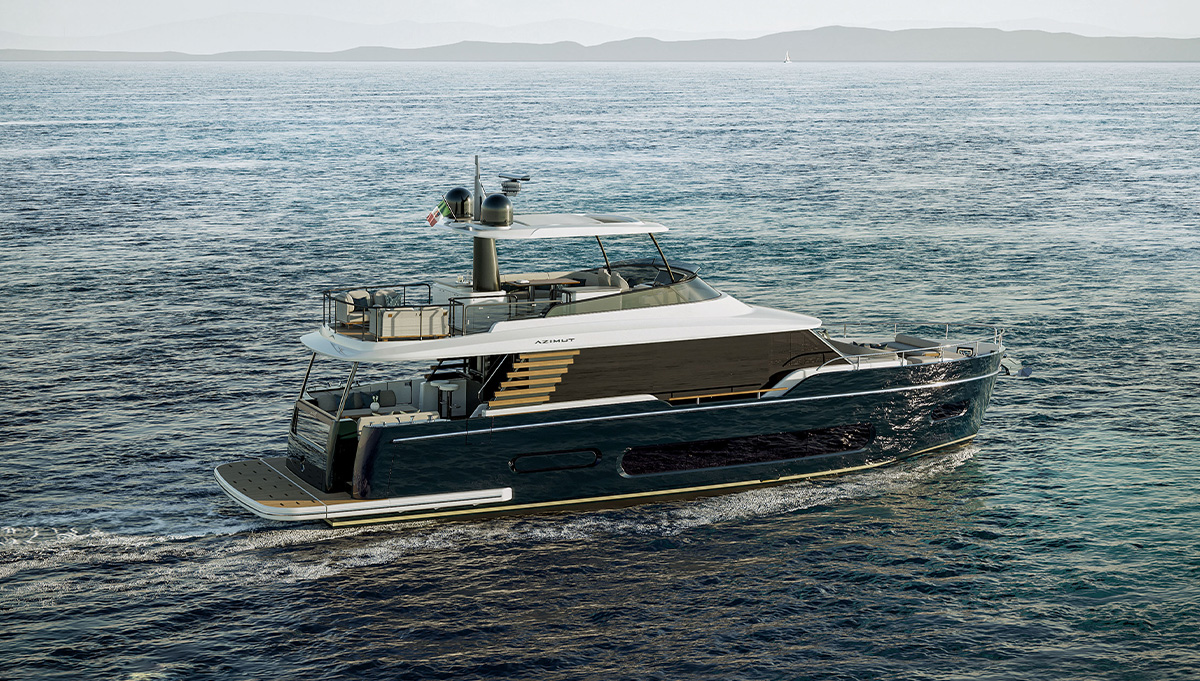
Magellano 60 by Azimut|Benetti

Magellano 60 by Azimut|Benetti
HVO is growing in popularity in Scandinavia and Northern Europe, and further proof of its importance – and the superyacht industry’s focus on driving change – came in June 2023 when the Azimut|Benetti Group signed an agreement with Eni Sustainable Mobility for the supply of HVO to replace fossil-based fuels for the Group’s technical testing of new yachts, sea trials and prototype handling. Further, the Group is offering delivery of all its new yachts with a tank of HVO, and it plans to help expand the HVO distribution network and bunkering to enable better access to HVO for yacht owners. The Group kicked off the initiative with the maiden voyage of the new Magellano 60 on an HVO-fueled run from Savona in Italy to Taormina, Sicily.
“This agreement is a tangible step forward on the course we have charted out to reduce CO2 emissions,” says Azimut|Benetti Group President Giovanna Vitelli. “It is a result that enables us to extend our area of action in emissions reduction by involving the supply chain, with a focus on energy decarbonisation.”
For Inden, being leaders in sustainable development is a key commitment for Volvo Penta. “It’s part of our vision and it’s part of our purpose as a company,” he enthuses. “Is there a silver bullet? How do you solve this? The honest answer is we don’t know, but we do know that across the marine industry it will be a platform of different solutions for different use cases. When we’re recruiting engineers,” he continues, “we say that this is absolutely the most exciting time to join the marine industry, because you will play with all these different technologies. It’s getting really close and it’s really exciting. You have to dream and you have to be hands-on, and when you do that in a good combination, that’s where you find progress.”

